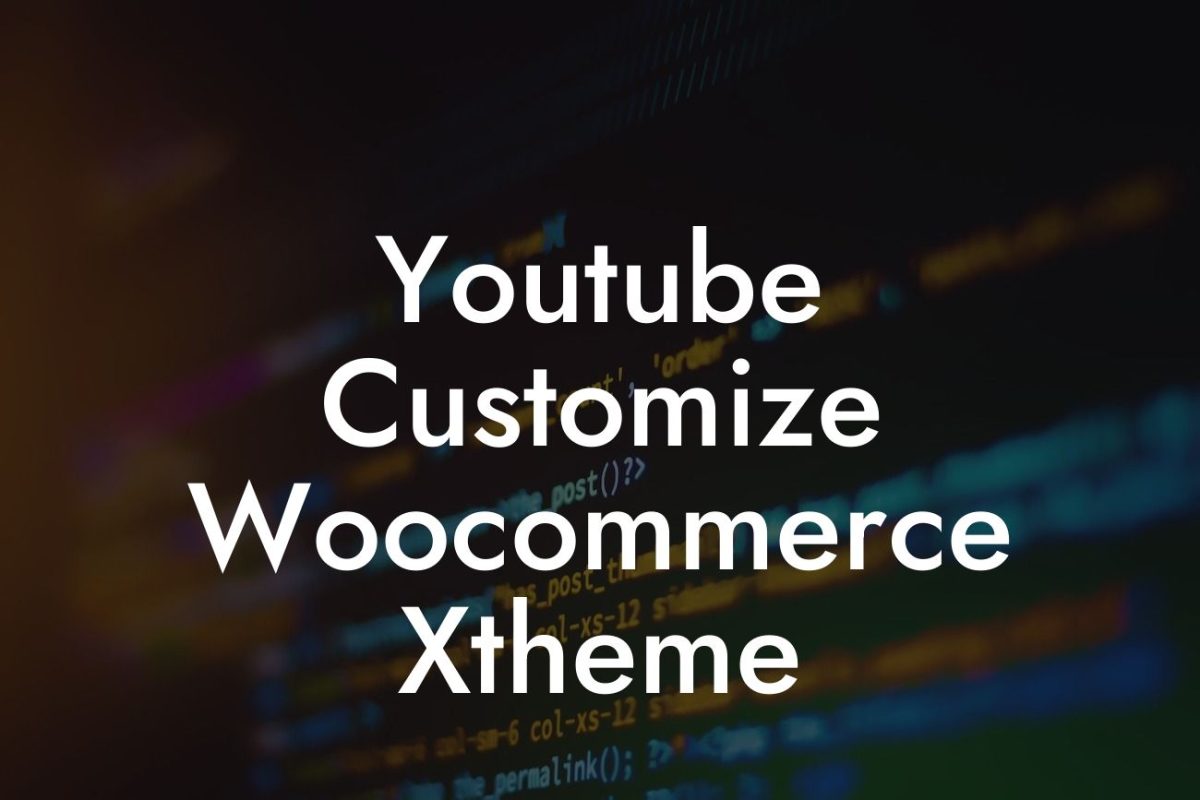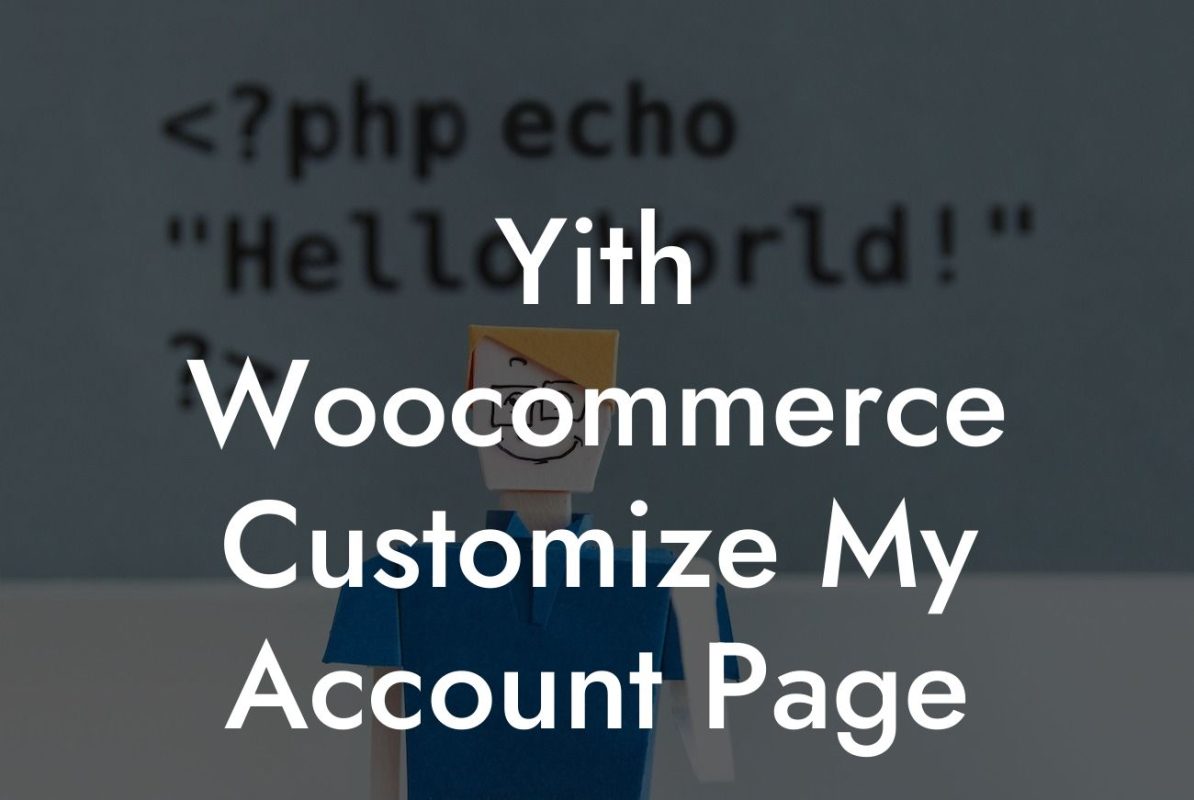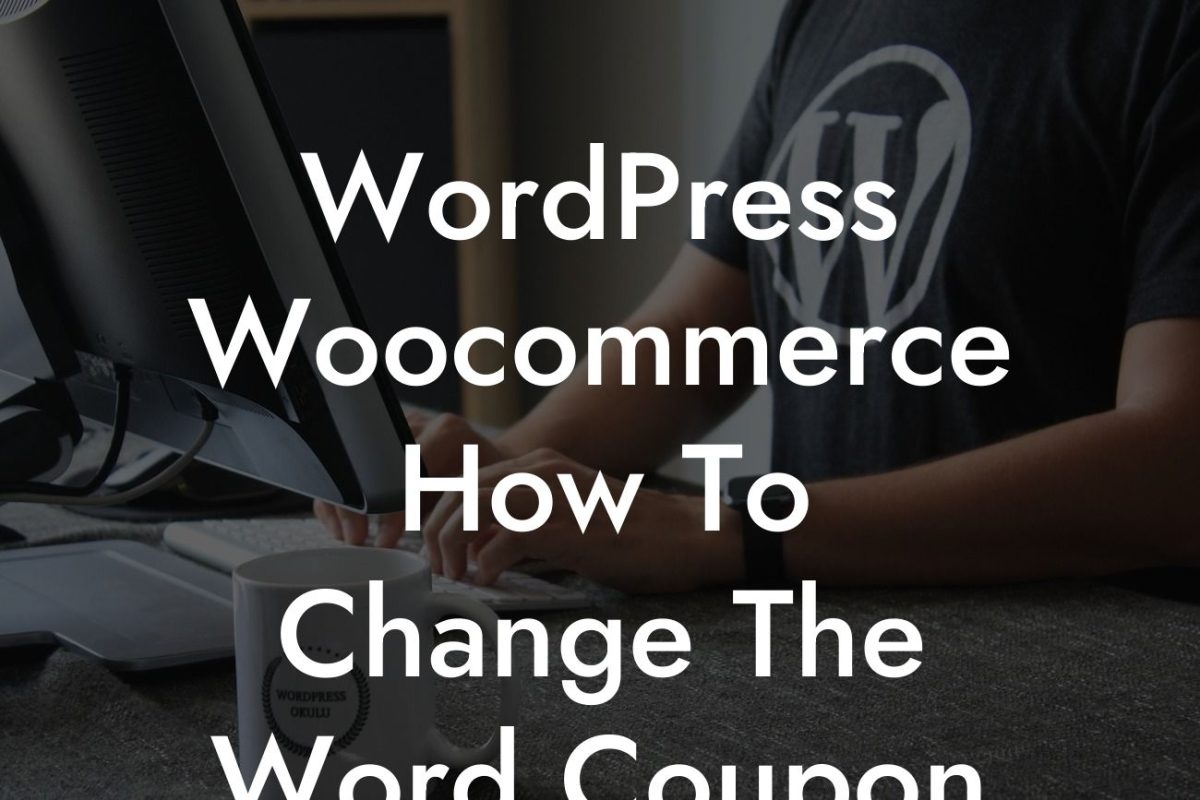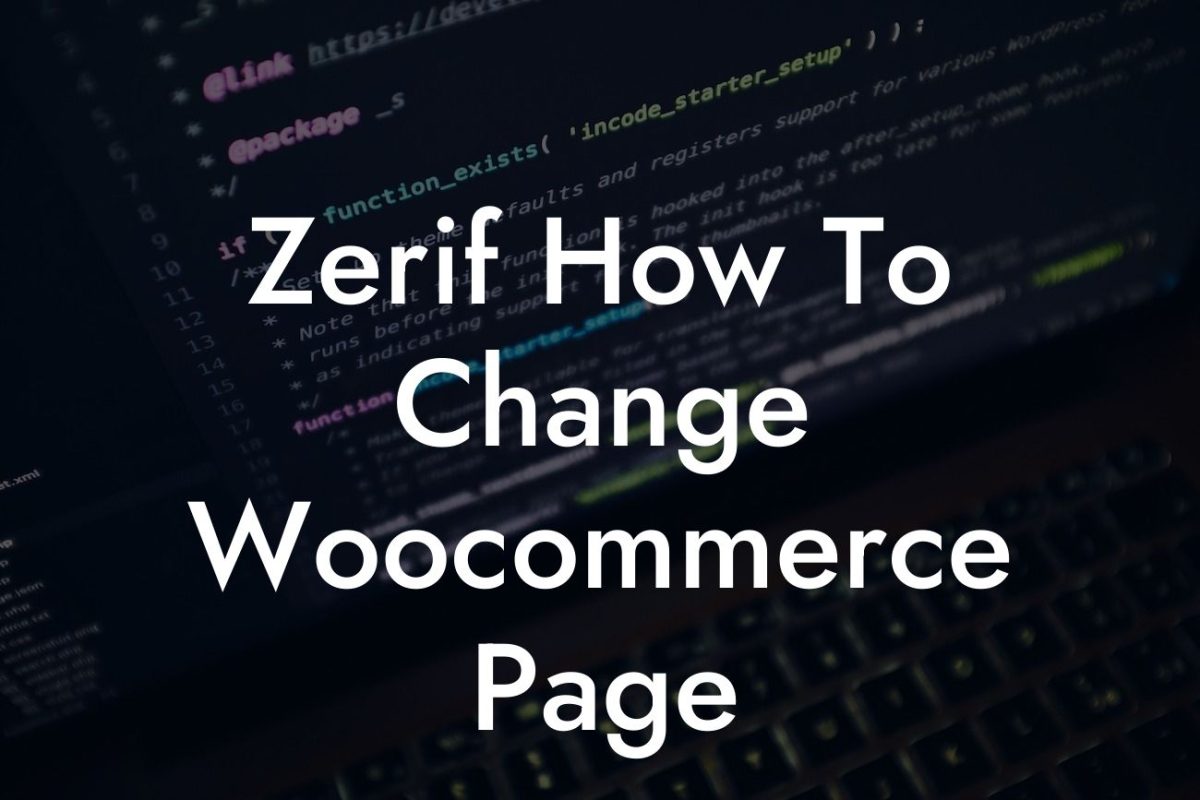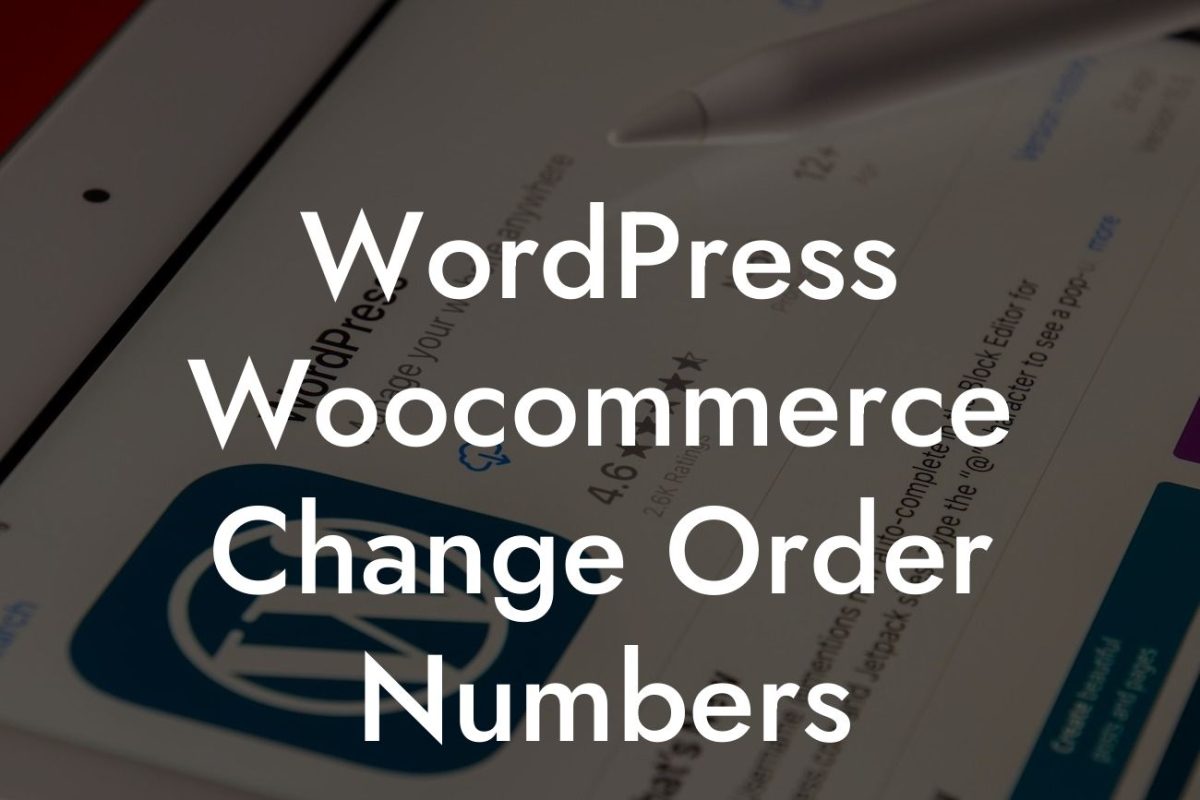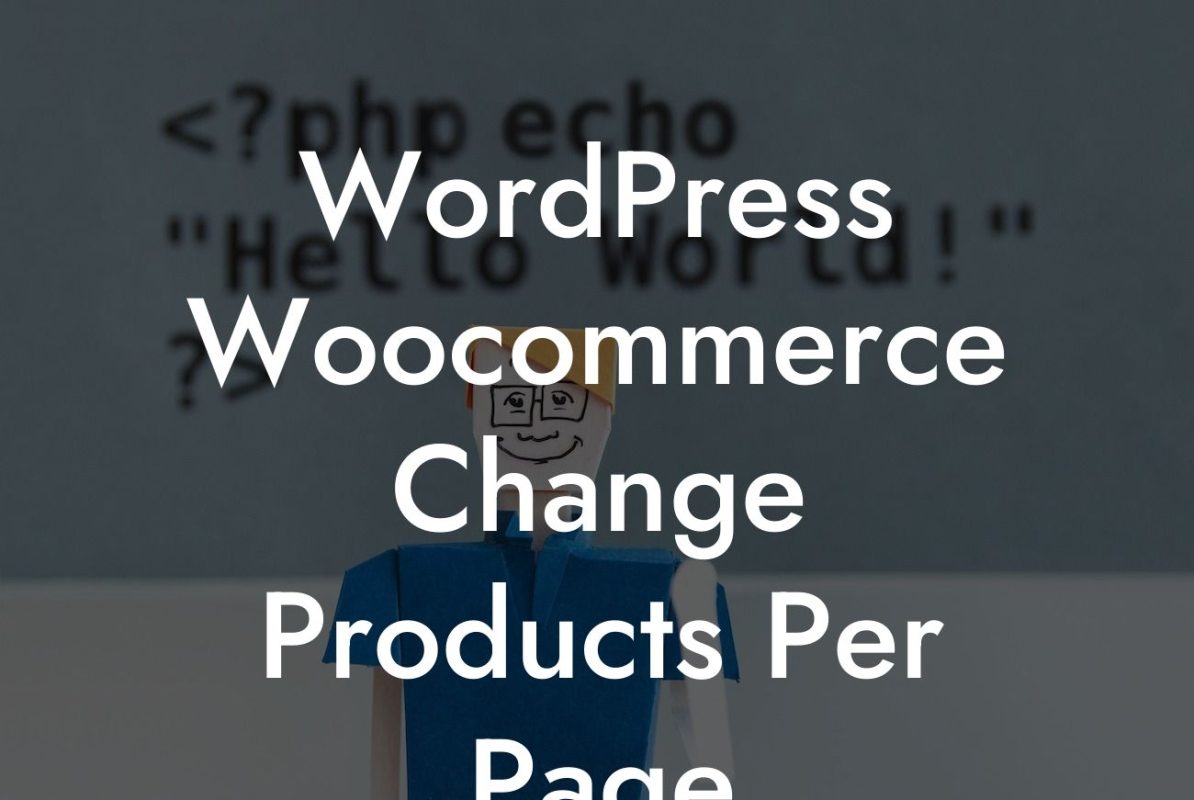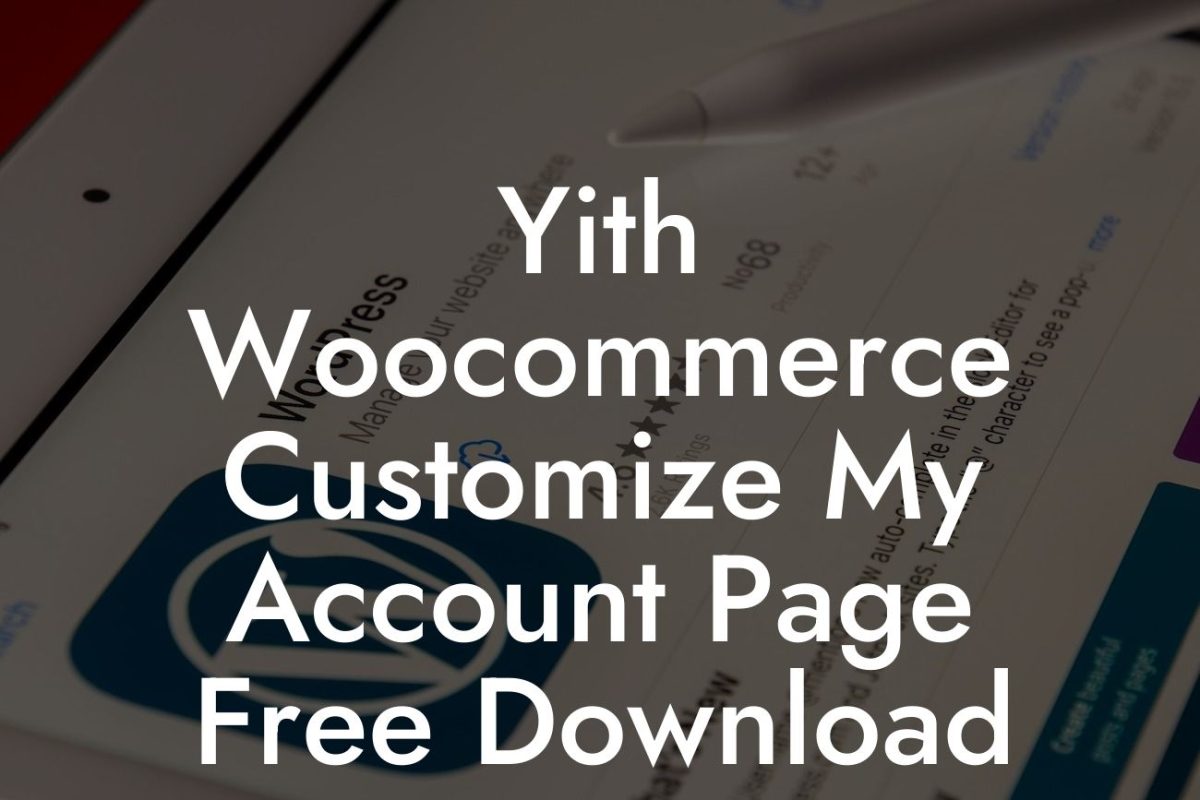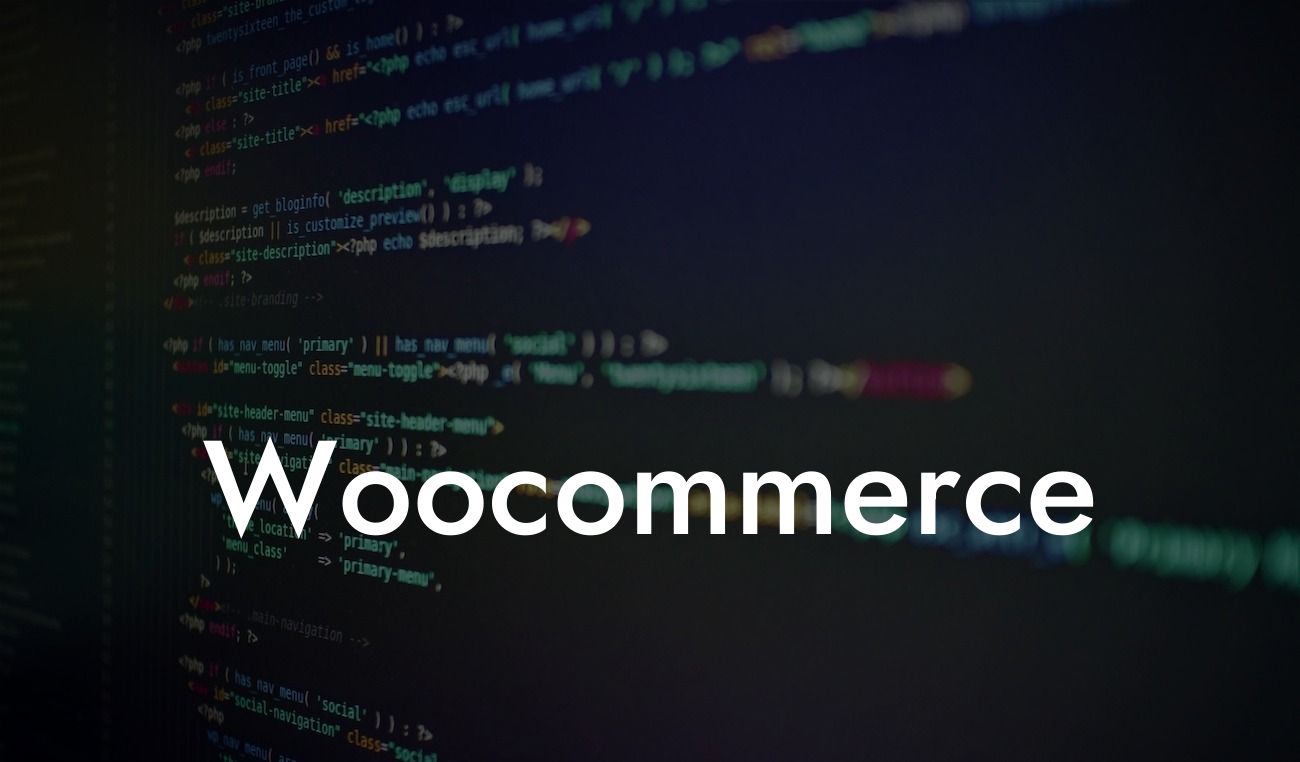Are you looking to take your online store to the next level? If you're using Woocommerce on your WordPress website, customizing the Woocommerce loop is a great way to enhance the functionality and design of your online store. In this article, we will dive into the step-by-step process of customizing your Woocommerce loop to supercharge your e-commerce success. Get ready to elevate your user experience, increase sales, and stand out from the competition!
Customizing the Woocommerce loop allows you to have full control over the appearance and functionality of the product listings on your website. Let's break down the process into easy-to-follow steps:
1. Understanding the Woocommerce Loop Structure:
To effectively customize the Woocommerce loop, it's important to understand its structure. The loop retrieves and displays your products from the database. Familiarize yourself with the loop's components, including the product thumbnail, title, price, and add to cart button.
2. Modifying the Loop Template:
Looking For a Custom QuickBook Integration?
To make changes to the appearance of the loop, you need to modify the template files. These files control how the loop is rendered on your website. You can customize various aspects such as the number of products displayed per page, the order of products, and the layout of product information.
3. Changing the Ordering and Sorting:
Do you want to display your products in a specific order? With Woocommerce, you can easily change the default product ordering and sorting options. Whether you prefer alphabetical, price-based, or customized order, Woocommerce provides you with flexible solutions.
4. Adding Custom Fields and Data:
Sometimes, you may need to add additional information or custom fields to your product listings. Woocommerce supports custom fields, allowing you to include unique data for each product. This customization can be useful for showcasing product attributes, features, or any other information that sets your products apart.
Customize Woocommerce Loop Example:
Let's say you run a clothing store and want to showcase the sizes available for each product. By customizing the Woocommerce loop, you can easily add a custom field for size and display it next to the product title. This additional information can save customers' time and enhance their shopping experience.
Congratulations! You have learned how to customize the Woocommerce loop to take your online store to new heights. By leveraging DamnWoo's powerful WordPress plugins, you can optimize your e-commerce site, increase sales, and leave a lasting impression on your customers. Don't forget to explore our other guides on DamnWoo, and why not try one of our awesome plugins to further enhance your online presence? Share this article with others who might benefit from it, and let's revolutionize the way small businesses and entrepreneurs thrive online together.



